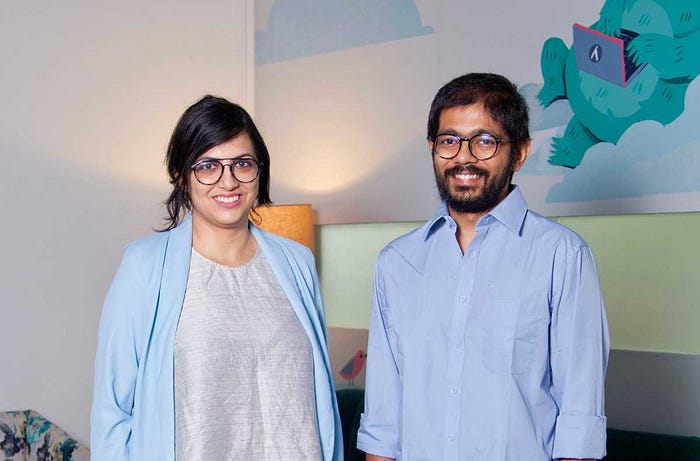
It’s amazing to think that REST, the de-facto standard for APIs, is now over 20 years old. Only in the last few years have we seen REST’s inherent limitations being pushed by the world’s need for richer and faster, web and mobile app experiences. In particular, the rapid adoption of front-end frameworks like React and Gatsby has helped spawn the Jamstack movement, which has led to a new architectural shift where applications run on the edge in a ‘serverless’ fashion without a web or app server. GraphQL, for many good reasons, has emerged as a popular alternative to REST. Still, many dynamic applications require developers to query traditional databases, forcing them to build their own GraphQL APIs, which introduces a new set of complexities.
Hasura offers developers an instant GraphQL API on top of popular databases like Postgres, MySQL and SQL Server. The company’s bigger vision is to serve as a universal data access layer (like a proxy) that sits in between databases and consumers such as mobile/web apps or external API calls. This allows enterprises to incrementally move to GraphQL from REST APIs and provides missing capabilities like out-of-the-box authentication, governance, monitoring, analytics, rate limiting, and stateful caching. It also adds workflow to applications via webhook triggers on database events, and can create a unified GraphQL API across multiple databases, HTTP services, serverless functions, and third-party APIs. At Lightspeed, we believe that this kind of flexible, yet easy approach is what that next generation of developers is looking for. We see Hasura as the critical missing piece of data infrastructure to bring this new architecture to everyone.
I first met Hasura’s founders Tanmai and Rajoshi over video in the midst of Covid in June 2020. While meeting over video is never ideal, over the course of many hours we were able to forge a real, human connection between us. We shared stories, laughs, a love for music and good food, and of course a deep appreciation for open source and developer communities. I also learned of Tanmai and Rajoshi’s incredible drive and persistence — Hasura originally started as a food delivery company, and they have endured more than one pivot.
Hasura’s core GraphQL engine is open source and has seen strong growth since its launch in July 2018 (50k+ Docker pulls, 18k+ Github stars, 7,000+ Discord members). As part of our diligence process, we spoke to numerous Hasura open source users, customers, and partners across the globe. The feedback was consistent — there is a deep amount of developer love for the company and its products. We at Lightspeed believe that this is what makes Hasura’s community so special.
At the same time, Hasura has helped a variety of enterprise customers through its recently launched paid offerings: Hasura Enterprise and Hasura Cloud. Hasura enables app developers inside enterprises to more easily access data locked away in legacy applications and databases while eliminating the bottleneck and effort needed to build and maintain a traditional API. Today, Hasura announced a $25M Series B financing (TechCrunch) led by Lightspeed to help achieve this vision. We are truly excited to be part of the mission.
Authors




